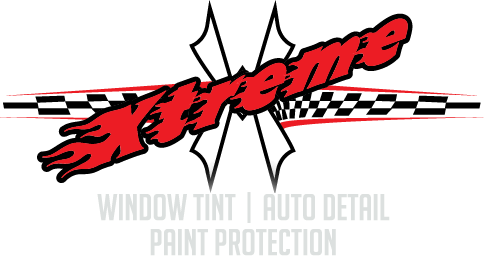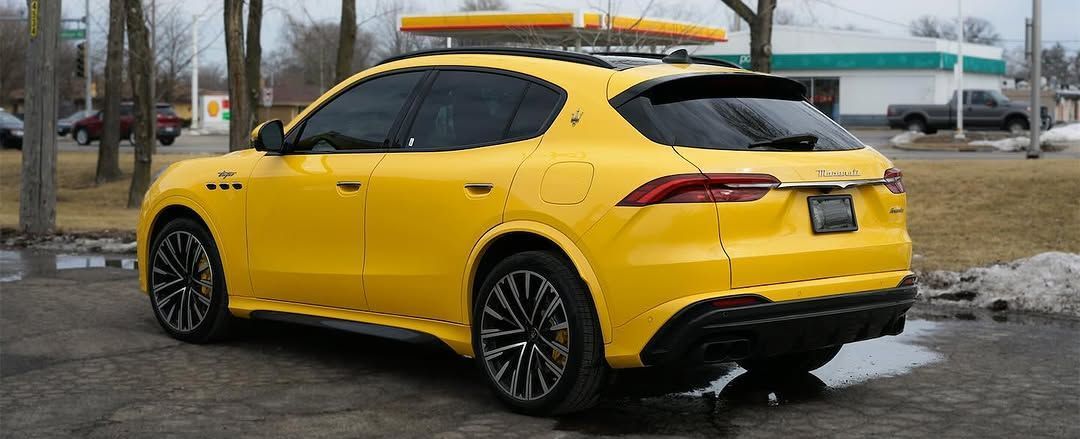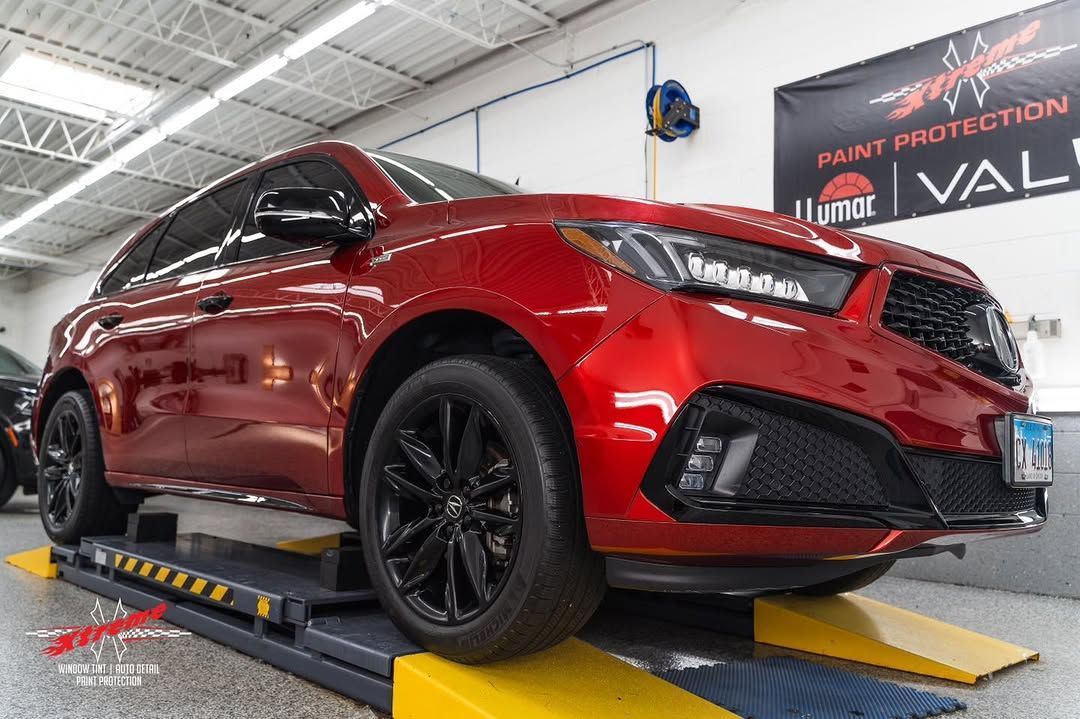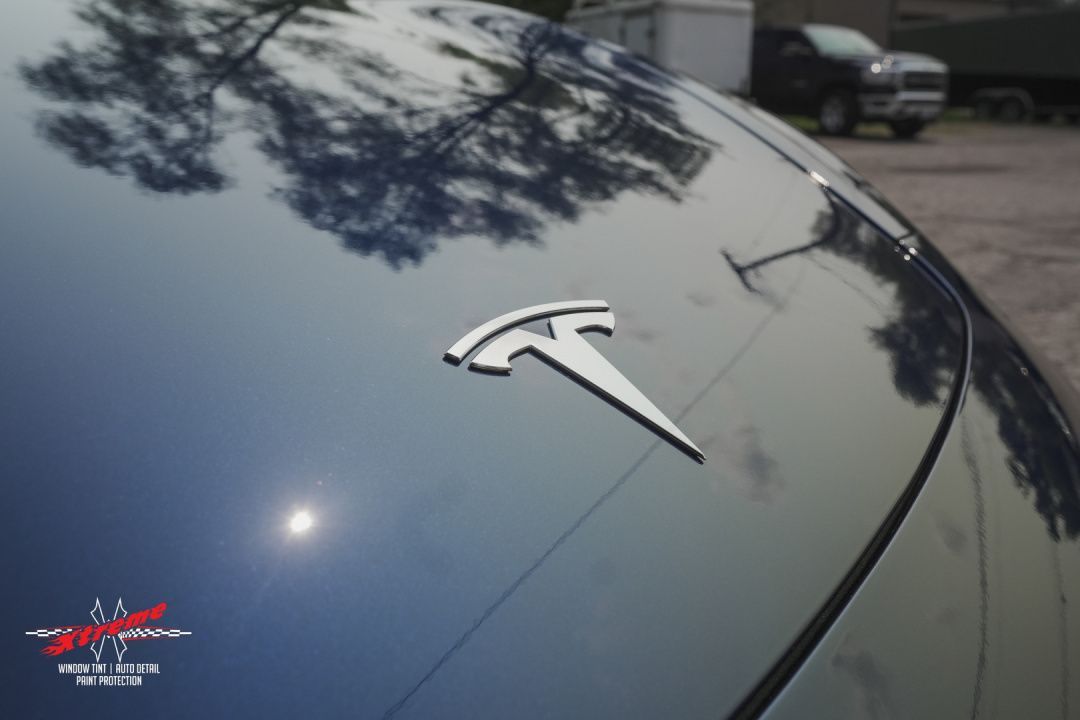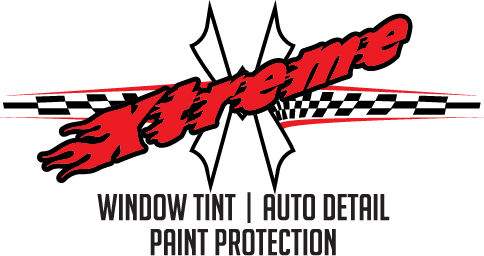We Offer 0% Financing on all Services for 6 or 12 months - Apply Now!
The exterior paint of a car is important for the car's beautiful appearance as well as for protecting the car's exterior surface. However, the car's exterior paint can only do so little to keep the car safe because it is prone to elemental damage and other damages like cracks, peeling, scratches, discoloration, and oxidation, among others. Therefore, the external car paint also needs to be protected.
What Is Paint Protection Film?
The car paint protection film refers to a clear thermoplastic film with self-healing properties. It functions to protect the exterior paint from damages like minor scratches, rock chips, abrasions, bug sputter, and so much more.
At the last stages of the car manufacturing process, the paint protection film is applied to certain parts of the car like the rear arch, the front fenders, and the bumpers by the manufacturer.
Truths About Paint Protection Film
There are certain myths around the use of paint protection film that usually leave people disappointed by the final results. Some of those myths and the truth about them include the following:
- The Paint Protection Film Is the Same as a Vinyl Wrap: Many people believe that paint protection film is the same as a vinyl wrap, but the truth is that it isn’t. The paint protection film is usually clear or transparent and serves the function of protecting the vehicle surfaces.
- Application Is Flawless: Many people believe that the application of paint protection film is flawless and looks exactly like the car's exterior. But it's normal for the film to have bubbles and creases, especially around the edges.
- Paint Protection Films Last Forever: Many people think that a single PPF installation lasts forever. However, it is important to note that the film wears out as time passes and will eventually get damaged by the elements and other exterior forces.
How Long Does Paint Protection Film Last?
The paint protection film has a lifespan of 5–7 years, during which time the film's self-healing properties have significantly diminished. The amount of driving affects how quickly the film wears out.
How to Maintain Your Vehicle’s Perfection Without Avoiding Driving It
Here are some tips for maintaining your vehicle’s perfection without avoiding driving it:
- Remove Contaminants as Soon as Possible. To keep the outside of your car looking great, you should always get rid of things like bird droppings, insect poop, and tree sap.
- Do Not Pressure Wash Your Car. Applying high pressure to your vehicle can cause the protection film to lift from the car; hence, it’s best to use low pressure when washing your car to keep the protection film intact.
- Apply Detailing Clay: Detailing clay adds an extra layer of protection to your vehicle and extends the life of the protection film. Other protective coatings, such as wax or ceramic coating, are also options.
- Use Car-Specific Products to Wash Your Vehicle: Make sure to use vehicle-specific products like car wash liquid and soft microfiber towels to wash your car to prevent damage from harsh substances.
How to Install Paint Protection Film
It is best to visit a professional PPF installer for your PPF installations. However, here are the steps for installing PPF on your vehicle’s exterior:
- Remove dust and dirt from the car's exterior to prevent debris from being trapped under the film.
- Ensure that you have all the materials required within arm's reach.
- Wet your hand with the solution that will keep it from sticking to the glue used to stick the film to the wall.
- Place the film on a clean work surface with the lining side facing up.
- Peel off the liner and put the solution on the side that will stick to the car as well as the surface where the film will go.
- Carefully slide the film onto the paint of the car to keep air bubbles from forming in the film.
- Flatten the surface of the film using a squeegee with repetitive, overlapping strokes.
- Smoothen the surface by wiping across it with a dry cloth.
- Run a squeegee over the surface one more time to make sure it is completely flat and stuck.
- Allow the film to dry for about 48 hours.
Paint Protection Film vs. Vinyl Wrap
Paint protection films and vinyl wraps share certain similarities in that they are both polymer films, and they are both used to cover the exterior paint of cars. However, vinyl wrap is made with a different type of polymer called polyvinyl chloride, which functions to change the color of the car or to simply enhance the external aesthetics of the vehicle.
On the other hand, polyurethane is the polymer used for the production of the paint protection film, which is much stronger and more elastic than vinyl wrap and is about 6–10 mils thick. The strength of polyurethane makes it a better fit for protective functions, and its stain-resistant properties are good for helping vehicle owners keep their cars clean. Hence, the major differences between vinyl wrap and paint protection film are their composition and their functions.
Advantages of Paint Protection Film
There are several benefits to paint protection film besides its ability to help maintain the exterior surface of vehicles.
Some other benefits of paint protection film for cars include:
- It's easy to clean the car because the film is stain-resistant.
- helps to maintain the value of the vehicle.
- protects the exterior surface of the car, especially areas prone to surface scratches such as door handles, bumpers, etc.
- protects the car from chemical reactions.
- and offers UV protection to prevent fading of exterior coatings
Xtreme Auto Glass & Window Tint Provides Expert Vehicle Protection
Xtreme Auto Glass & Window Tint is an auto service provider that offers different types of auto services, such as detailing, vinyl wrapping, and paint protection film installation on different types of vehicles. We offer our coating and detailing services across Addison, Illinois, alongside a variety of car care services that are aimed at keeping the external paint surface of vehicles well protected.
At Xtreme Auto Glass & Window Tint, we also offer complete vehicle revitalization services to transform your old and worn vehicle surface into a brand-new one. At Xtreme Auto Glass & Window Tint, we welcome everyone, regardless of the vehicle they drive or where they are. Contact us today to get extra protection for your car and keep it looking new for longer.

